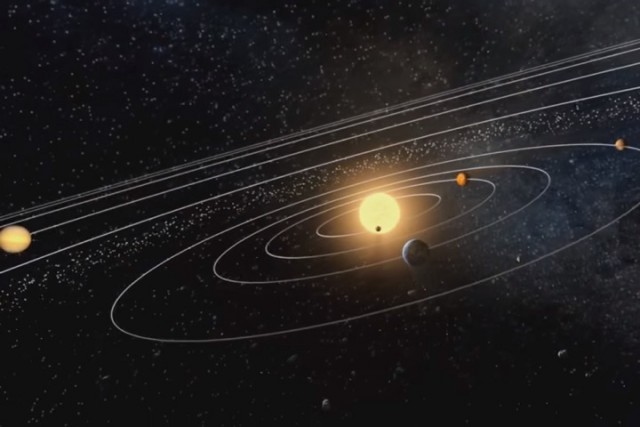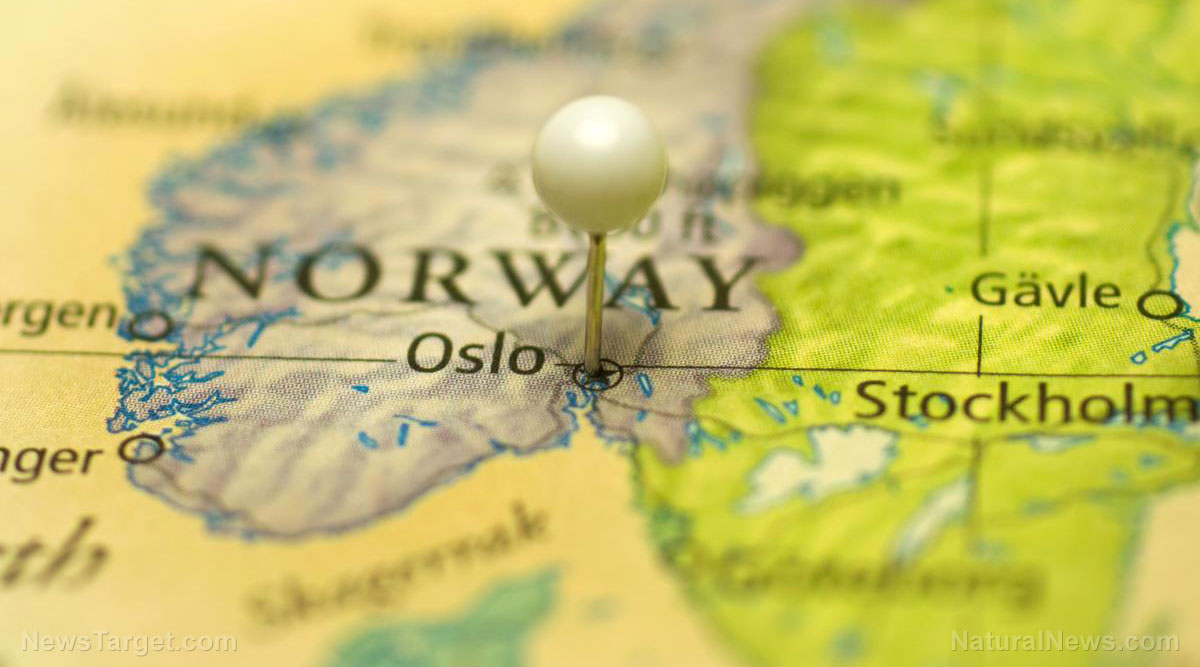 Parler
Parler Gab
Gab
Carlson: Comet impact triggered Younger Dryas event
"The Younger Dryas event was probably the most severe thing that happened to this planet in at least 3.5 [million], maybe over five million years," the geology expert told Adams. Whatever happened during that Younger Dryas that completely changed the nature of the planet, it stands as a a veil between modern history and whatever happened before. According to Carlson, evidence strongly points to the Earth's encounter with the fragments of a comet breaking up as the main reason behind the impact event. Around 25,000 years ago, the remnant of a great comet entered the inner solar system and underwent a series of fragmentation events. This comet eventually fell to Earth, triggering the impact event. The 1991 discovery of the Chicxulub crater – its name meaning "the horn of the devil" – in Mexico lent credence to the theory. Half of the crater is located under the Yucatan Peninsula, and the other half is located under the Gulf of Mexico. "I think one of the reasons they [initially] didn't find it was because it was so large that [it was] like they were zoomed in too much looking for things," Adams said. "This thing was so huge. You couldn't see it until you looked at the whole planet and under the water, of course." Visit CosmicImpacts.com for more about the Younger Dryas impact theory. Watch the full conversation between Mike Adams and Randall Carlson about the Younger Dryas impact theory below. This video is from the Health Ranger Report channel on Brighteon.com.More related stories:
Extraterrestrial impact may have caused abrupt climate change 12,800 years ago, research suggests. Scientists discovered volcanic eruptions, not asteroid impact, triggered climate change 14,500 years ago. Cosmic crash 12,800 years ago caused climatic changes, proving "climate change" can happen at any moment, far beyond our control Asteroid impact triggered the "impact winter" that likely killed dinosaurs 66 million years ago – study. Study suggests the ice age was caused by global cooling after a giant asteroid collision in space. Sources include: Brighteon.com Britannica.comAstronomers discover Earth-sized exoplanet that may hold WATER
By Kevin Hughes // Share
By News Editors // Share
Siemens chairman urges people to stop eating meat during speech at World Economic Forum
By Belle Carter // Share
World’s oldest runestone inscribed almost 2,000 years ago found in ancient cremation pit in Norway
By Kevin Hughes // Share
Governments continue to obscure COVID-19 vaccine data amid rising concerns over excess deaths
By patricklewis // Share
Tech giant Microsoft backs EXTINCTION with its support of carbon capture programs
By ramontomeydw // Share
Germany to resume arms exports to Israel despite repeated ceasefire violations
By isabelle // Share










